Softscaping Design
Softscaping design by a landscape designer focuses on enhancing outdoor spaces with natural elements to create visually appealing and harmonious environments.
Softscaping design by a landscape designer focuses on enhancing outdoor spaces with natural elements to create visually appealing and harmonious environments.





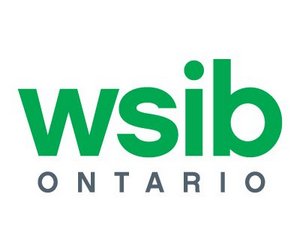
Landscape Designer offers exceptional softscaping services, specializing in flowers, grass, mulch, shrubs, and trees. These elements enhance any outdoor space’s aesthetic and functionality. Softscaping pairs seamlessly with hardscaping, creating a stunning contrast that elevates the property’s appeal and value. Whether you envision a natural garden or a structured design, our expert landscape designers cater to your taste, transforming your outdoor space into a beautiful, personalized haven.
Understanding Toronto and the GTA’s unique climate and soil conditions, we select the most suitable plants and materials for your softscape. Dedicated to sustainability, our team ensures your garden looks beautiful and thrives year-round with minimal maintenance. We use high-quality mulch and soil amendments to promote healthy plant growth and conserve moisture. Our landscape designers create cohesive plans integrating softscaping with existing hardscape features, providing a harmonious balance. Whether you want a serene garden retreat or a vibrant outdoor entertainment area, Landscape Designer is your go-to expert for softscaping needs.
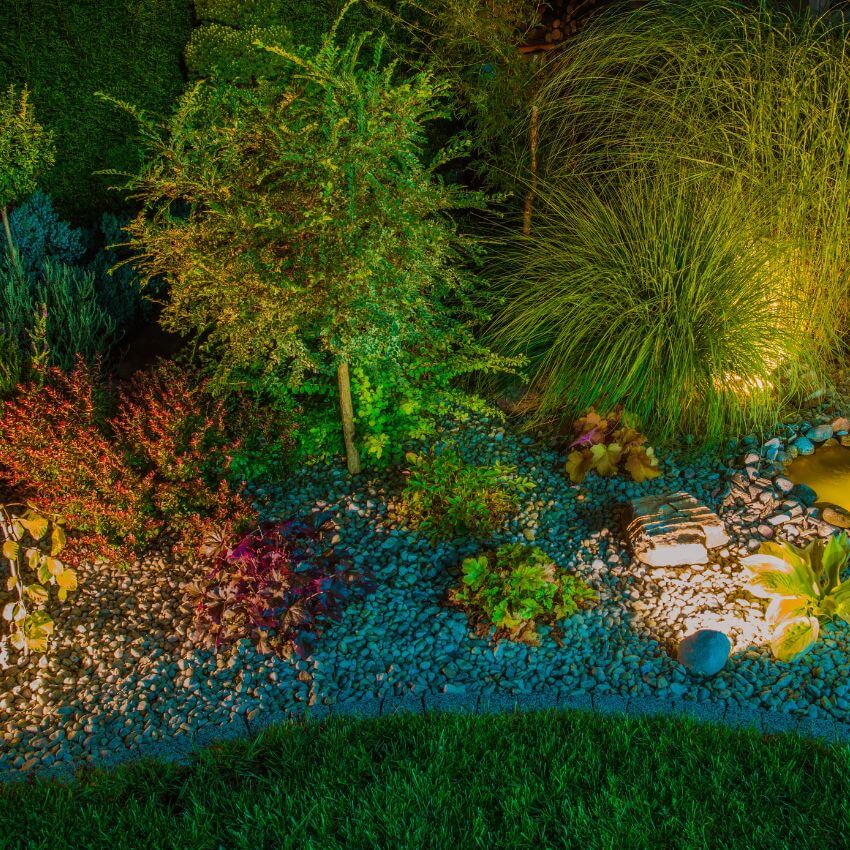
The softscaping landscaping process involves six essential steps aimed at transforming outdoor spaces through the strategic placement and care of plants and natural elements:
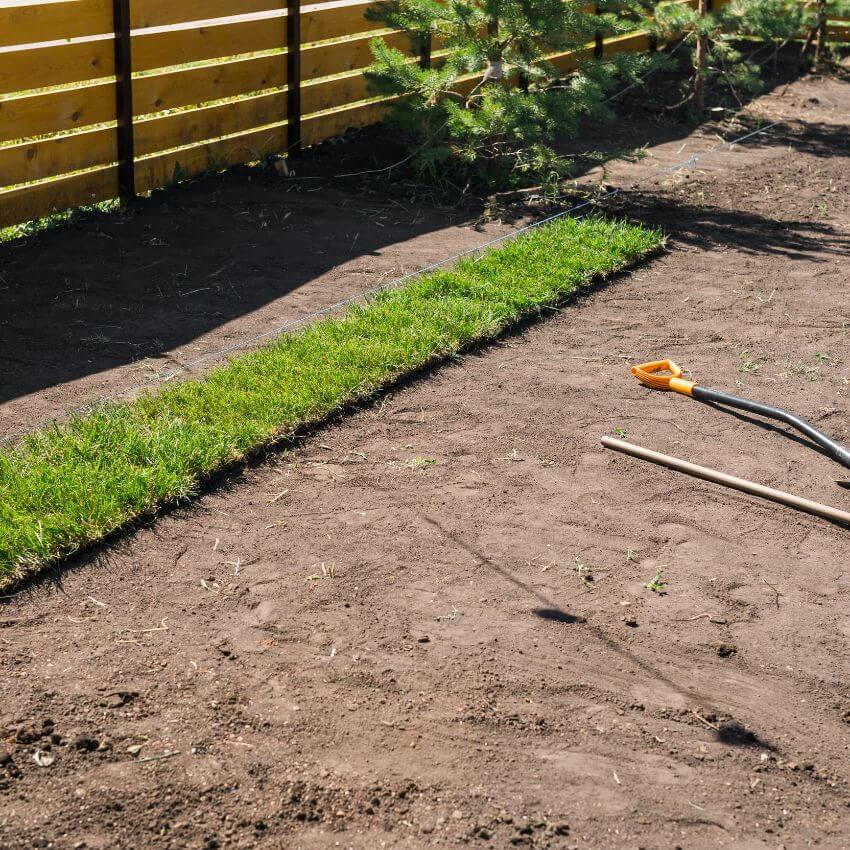
The process at Landscape Designer begins with a comprehensive consultation and site assessment. This initial step involves meeting with the client to discuss their vision, preferences, and functional needs for the outdoor space. Our designers carefully evaluate the site’s conditions, including soil quality, sunlight exposure, drainage, and existing vegetation. This thorough understanding of the site’s unique characteristics allows us to develop a tailored plan that meets the client’s desires while considering environmental factors. During the consultation, we also gather information about the client’s lifestyle and how they intend to use the space. This might include areas for entertaining, children’s play areas, or private retreats. By combining the client’s vision with our expertise, we create a preliminary design concept that aligns with both aesthetic and practical considerations.
Additionally, our team takes into account any potential challenges such as slopes, existing structures, or local regulations, ensuring that the final plan is feasible and sustainable.
After the initial consultation, Landscape Designer progresses to concept development and design planning. Our designers create sketches capturing the client’s vision, refining them into a detailed landscape design plan. This includes plant layouts, soil strategies, and hardscaping elements like pathways or garden beds, ensuring cohesion, functionality, and sustainability. Detailed drawings and 3D renderings aid visualization, considering seasonal variations for year-round attractiveness. Close collaboration with clients allows adjustments based on feedback, ensuring alignment with their expectations and lifestyle needs.
Ready to transform your outdoor space? Contact Landscape Designer to schedule your consultation and create a beautiful, sustainable landscape tailored to your preferences and lifestyle.
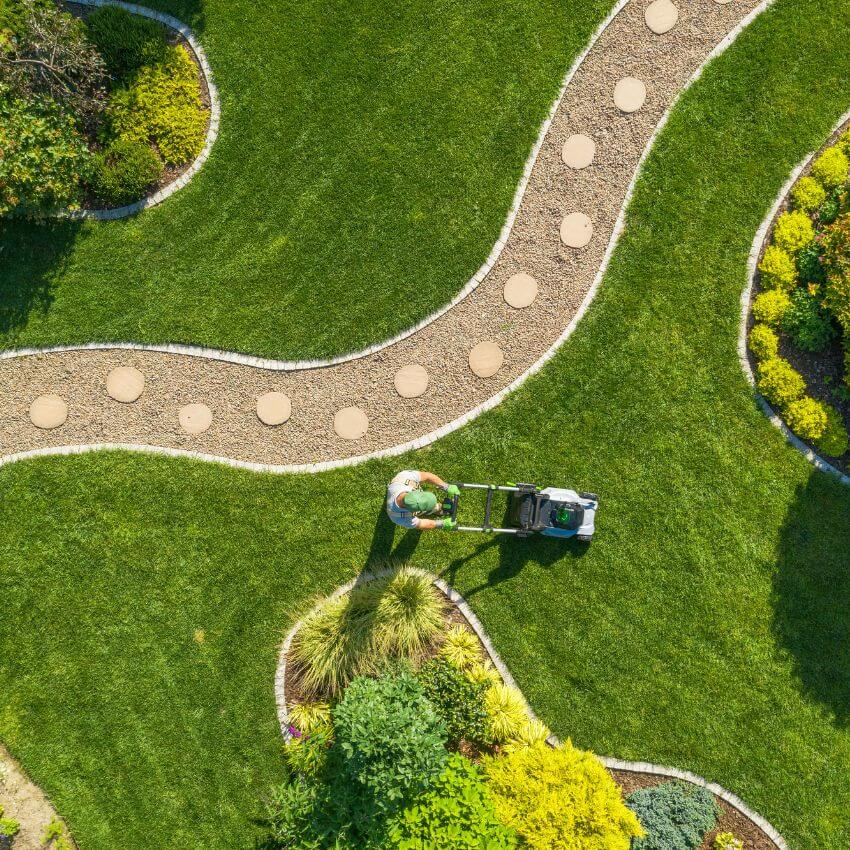
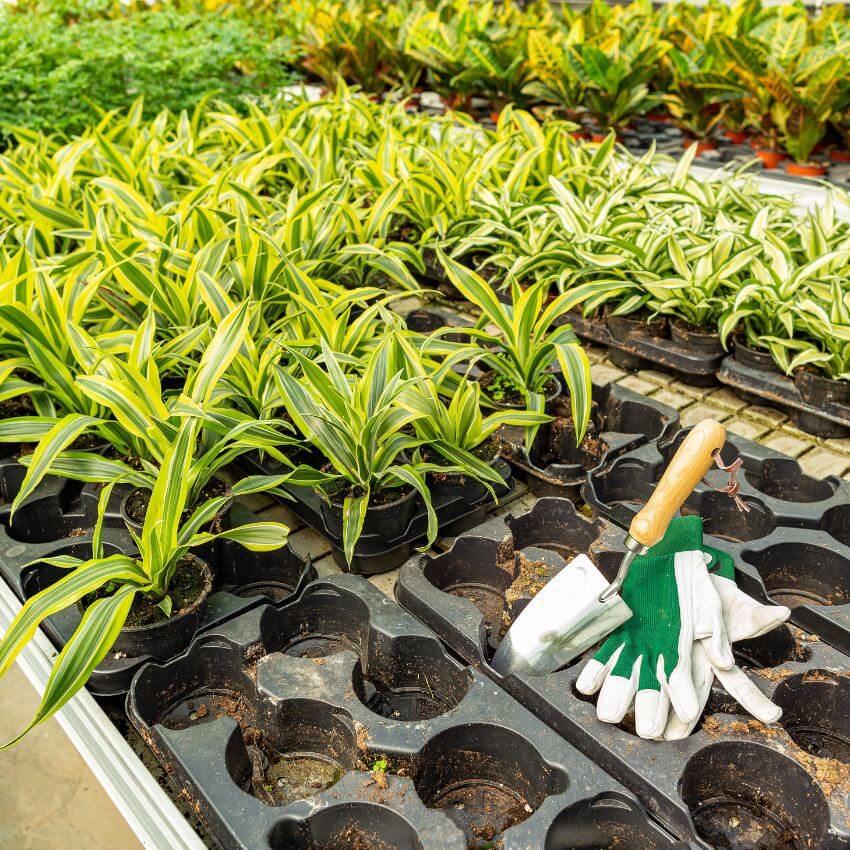
Selecting the right plants is crucial to the success of any softscaping project. Landscape Designer takes great care in choosing plants, trees, and shrubs that will thrive in the specific environment of the site. Factors such as climate, soil type, and light conditions are considered to ensure the selected vegetation will flourish. Additionally, we aim to choose plants that will complement the desired aesthetic, whether that be a lush, tropical look, a minimalist modern garden, or a traditional floral landscape. Our plant selections are guided by principles of sustainability and biodiversity, aiming to create a balanced ecosystem within the garden. We also consider the maintenance requirements of different plants, ensuring that the selected species align with the client’s ability to care for them. By using native plants where possible, we enhance the landscape’s resilience and reduce the need for excessive watering or chemical interventions, contributing to an eco-friendly design that harmonizes with the local environment.
With the design plan and plant selections in place, Landscape Designer proceeds to soil preparation and planting. This involves testing and amending the soil to create a healthy growing environment. Our team then carefully plants each specimen according to the design plan, paying close attention to spacing, depth, and orientation to optimize growth and visual appeal. Proper soil preparation and planting techniques are vital for establishing a robust and thriving landscape. We incorporate organic matter and necessary nutrients to improve soil structure and fertility, ensuring that the plants have the best possible start.
During the planting process, our team takes care to minimize root disturbance and provides immediate watering to help plants settle in. We also implement strategies to protect young plants from pests and extreme weather conditions, such as using natural mulch and appropriate staking. This meticulous approach ensures that the new landscape is not only beautiful from the outset but also set up for long-term success and vitality.
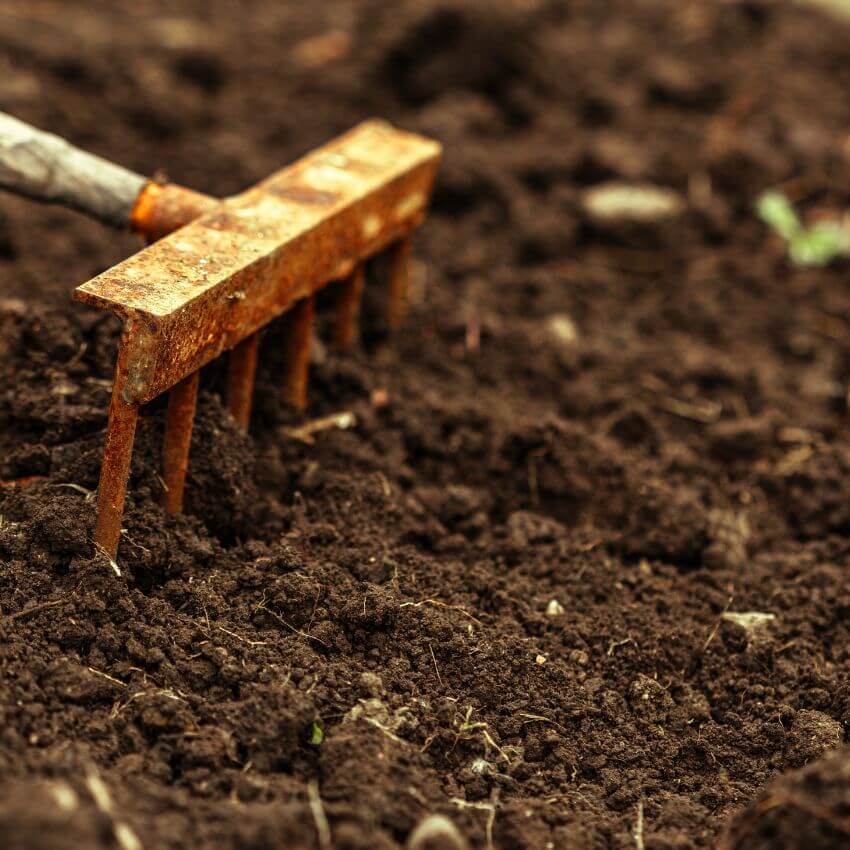
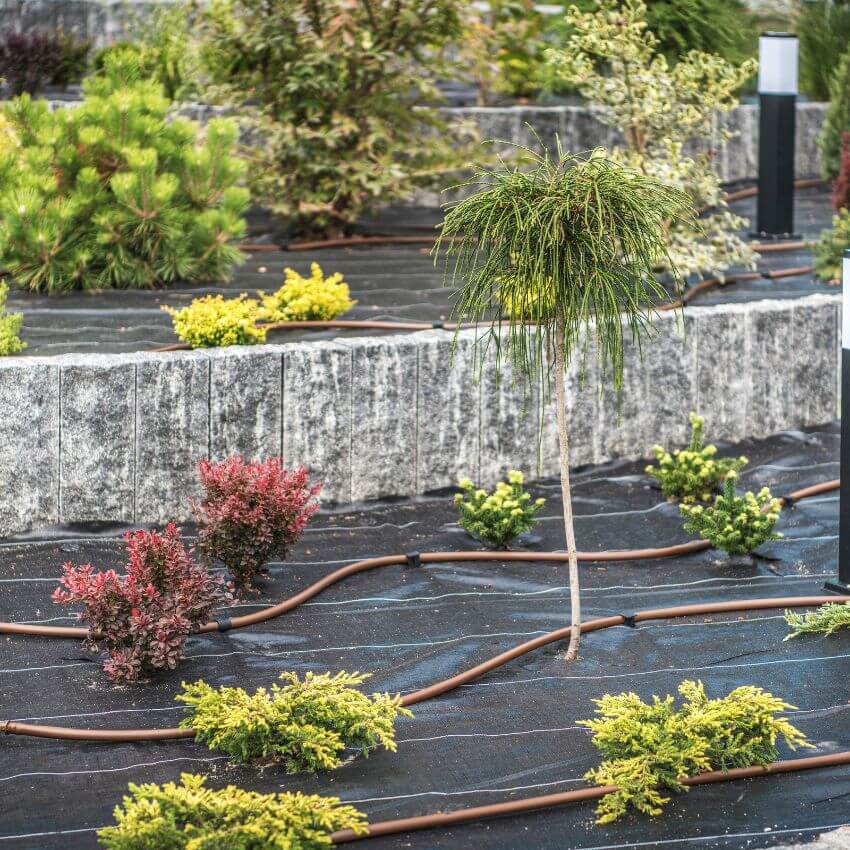
Adequate watering and soil moisture retention are essential for the health of a new landscape. Landscape Designer installs and adjusts irrigation systems to ensure that plants receive the appropriate amount of water. We also apply mulch to help retain soil moisture, suppress weeds, and enhance the overall aesthetic of the garden. Mulching not only provides functional benefits but also adds a finished look to the landscaped area, tying together all elements harmoniously. Our irrigation solutions are tailored to the specific needs of the plants and the site conditions, often incorporating efficient drip systems or smart irrigation technologies that conserve water while ensuring optimal plant health. By using organic mulches, we improve soil quality over time as they decompose, further enriching the planting beds.
The combination of well-designed irrigation and effective mulching creates a sustainable system that supports the long-term health and beauty of the landscape, reducing maintenance efforts and fostering a thriving outdoor environment.
The final step in the softscaping process at Landscape Designer involves adding finishing touches and planning for ongoing maintenance. This includes installing decorative elements, edging, and any other features that complete the design. We also provide clients with guidance and a maintenance schedule to help keep their landscape healthy and vibrant over time. Regular maintenance is key to preserving the beauty and functionality of the outdoor space, ensuring it continues to meet the client’s expectations for years to come.
Our finishing touches might include installing garden art, lighting, or water features that add character and charm to the landscape. Additionally, we offer detailed instructions on pruning, fertilizing, and seasonal care to help clients maintain their garden’s peak condition. For those who prefer a more hands-off approach, we also offer maintenance services to handle the routine care and upkeep. By addressing both the immediate and long-term needs of the landscape, we ensure that our clients can enjoy their beautiful, functional outdoor spaces with minimal hassle.
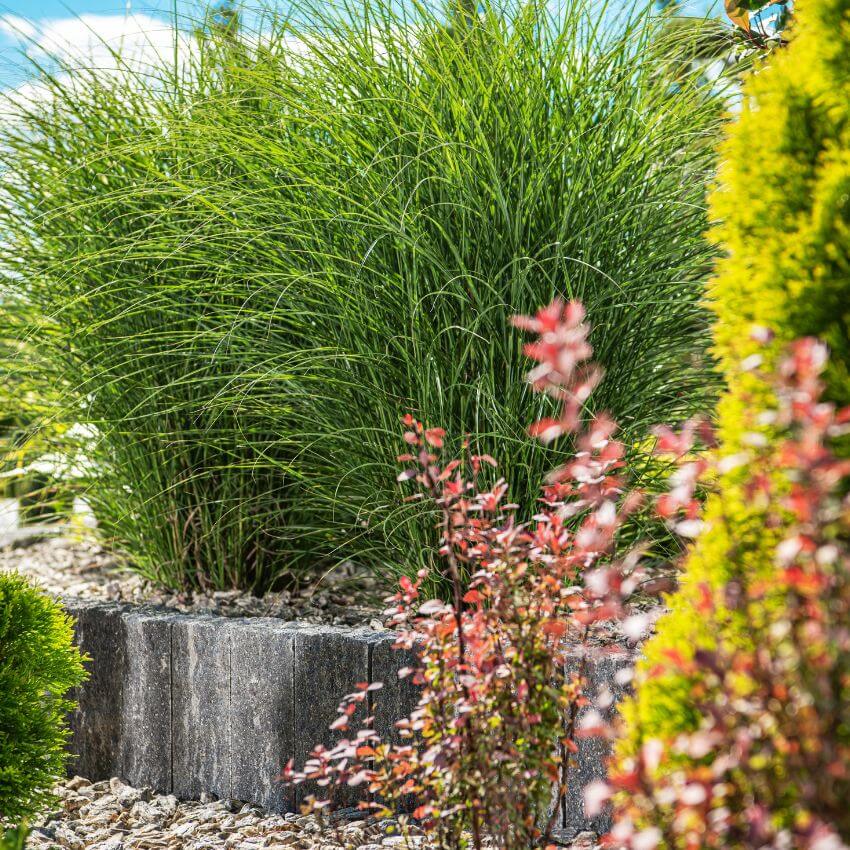
Softscaping refers to the use of plants, trees, shrubs, and other organic elements in landscaping design to enhance the beauty and functionality of outdoor spaces.
The right plants for your project depend on factors such as climate, soil type, sunlight exposure, and desired aesthetic. A landscape designer can help you select plants that thrive in your specific environment and complement your design preferences.
Common softscape features include flower beds, grassy areas, trees, shrubs, ground cover plants, and decorative plant containers. These elements add texture, color, and visual interest to outdoor spaces.
Softscaping can improve sustainability by incorporating native plants, which require less water and maintenance, promoting biodiversity, and enhancing soil health. Additionally, strategic plant placement can help mitigate erosion and provide natural habitat for wildlife.
The process typically involves an initial consultation, site assessment, concept development, plant selection, soil preparation, planting, irrigation setup, and ongoing maintenance planning. Each step is tailored to your specific needs and preferences.
Proper maintenance is essential for the health and longevity of your softscape design. This may include regular watering, pruning, fertilizing, mulching, and pest control. A landscape designer can provide guidance on maintenance tasks and schedules.n provide inspiration and help you visualize the possibilities for your own pool.
Investing in professional softscape design can enhance the beauty, functionality, and value of your property. It can also save you time and money by avoiding costly mistakes and ensuring a well-planned, sustainable landscape that thrives for years to come.